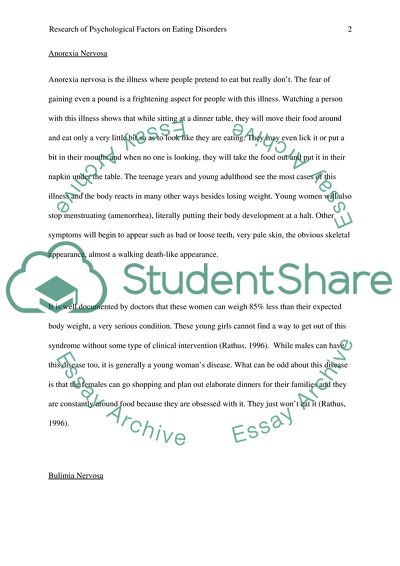Cite this document
(Research of Psychological Factors on Eating Disorder Symptom and Diet Paper, n.d.)
Research of Psychological Factors on Eating Disorder Symptom and Diet Paper. Retrieved from https://studentshare.org/health-sciences-medicine/1784109-research-of-psychological-factors-on-eating-disorder-symptom-and-diet-induced-emotional-reaction-in-college-students
Research of Psychological Factors on Eating Disorder Symptom and Diet Paper. Retrieved from https://studentshare.org/health-sciences-medicine/1784109-research-of-psychological-factors-on-eating-disorder-symptom-and-diet-induced-emotional-reaction-in-college-students
(Research of Psychological Factors on Eating Disorder Symptom and Diet Paper)
Research of Psychological Factors on Eating Disorder Symptom and Diet Paper. https://studentshare.org/health-sciences-medicine/1784109-research-of-psychological-factors-on-eating-disorder-symptom-and-diet-induced-emotional-reaction-in-college-students.
Research of Psychological Factors on Eating Disorder Symptom and Diet Paper. https://studentshare.org/health-sciences-medicine/1784109-research-of-psychological-factors-on-eating-disorder-symptom-and-diet-induced-emotional-reaction-in-college-students.
“Research of Psychological Factors on Eating Disorder Symptom and Diet Paper”. https://studentshare.org/health-sciences-medicine/1784109-research-of-psychological-factors-on-eating-disorder-symptom-and-diet-induced-emotional-reaction-in-college-students.


